What Hi-Fi? Pick of the Month: a new Era for Sonos and top marks for LG and Samsung’s new TVs
We celebrate the top-scoring tech to pass through our review rooms this month
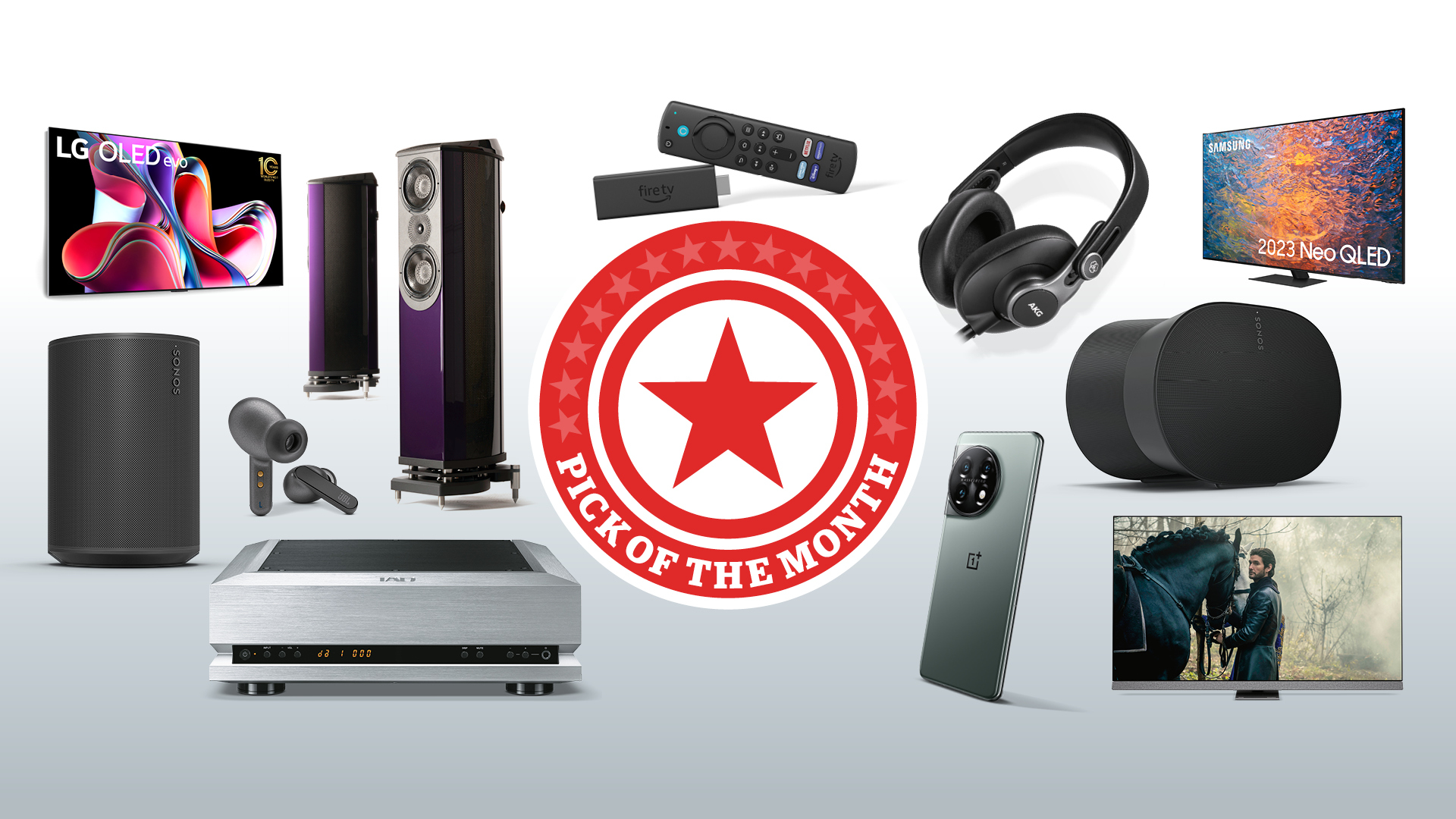
It’s the final Friday of the month which means one thing – a fresh instalment of our monthly Pick of the Month column, where we celebrate the top-scoring bits of kit to pass through our testing rooms over the past 30 days.
Cambridge Audio Alva TT V2
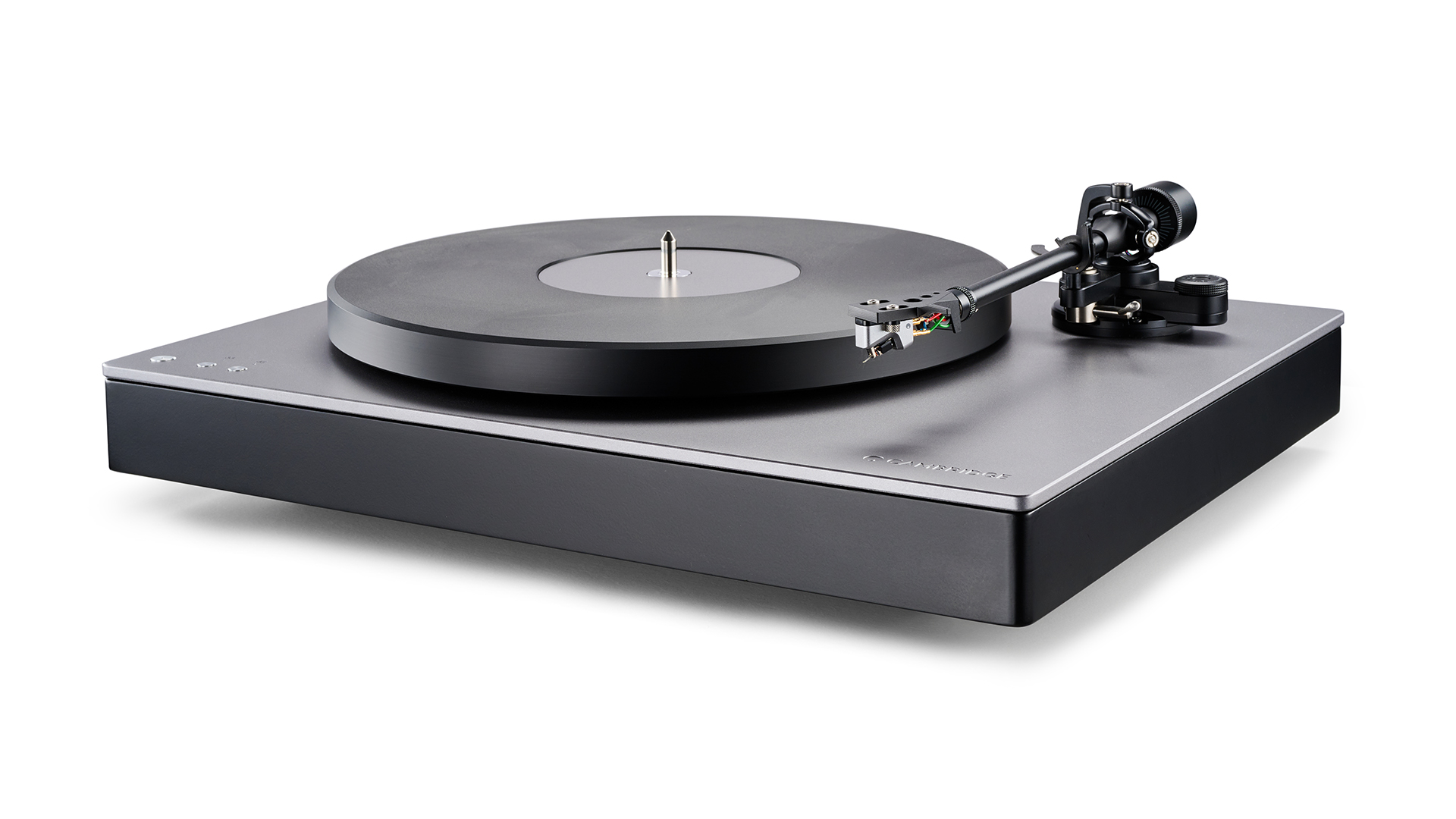
The Cambridge Audio Alvo TT V2 is the second generation of one of our favourite turntables – the Alva TT.
The turntable aims to be an easy, no-fuss entry into vinyl and is set up to be as easy to use as possible. Key selling points include a good phono stage and Bluetooth module with aptX support.
Listening to various tracks with it paired with our reference system the turntable impressed, offering smooth, easy-going listening in most instances.
WIth everything from Beethoven’s 6th Symphony to Bruce Springsteen’s Born To Run, the Alva TT V2 offered a good amount of detail and dynamic punch.
Our only minor quibble is that, while Bluetooth support is very forward-thinking and great for people that want to listen to their records on Bluetooth headphones, it does suffer from some performance issues.
Pairing without a screen felt fiddly and there were issues pairing them with AirPods – notably the fact that the volume control stopped working.
Get the What Hi-Fi? Newsletter
The latest hi-fi, home cinema and tech news, reviews, buying advice and deals, direct to your inbox.
Score: 4/5
Read our Cambridge Audio Alva TT V2 review
AKG K371
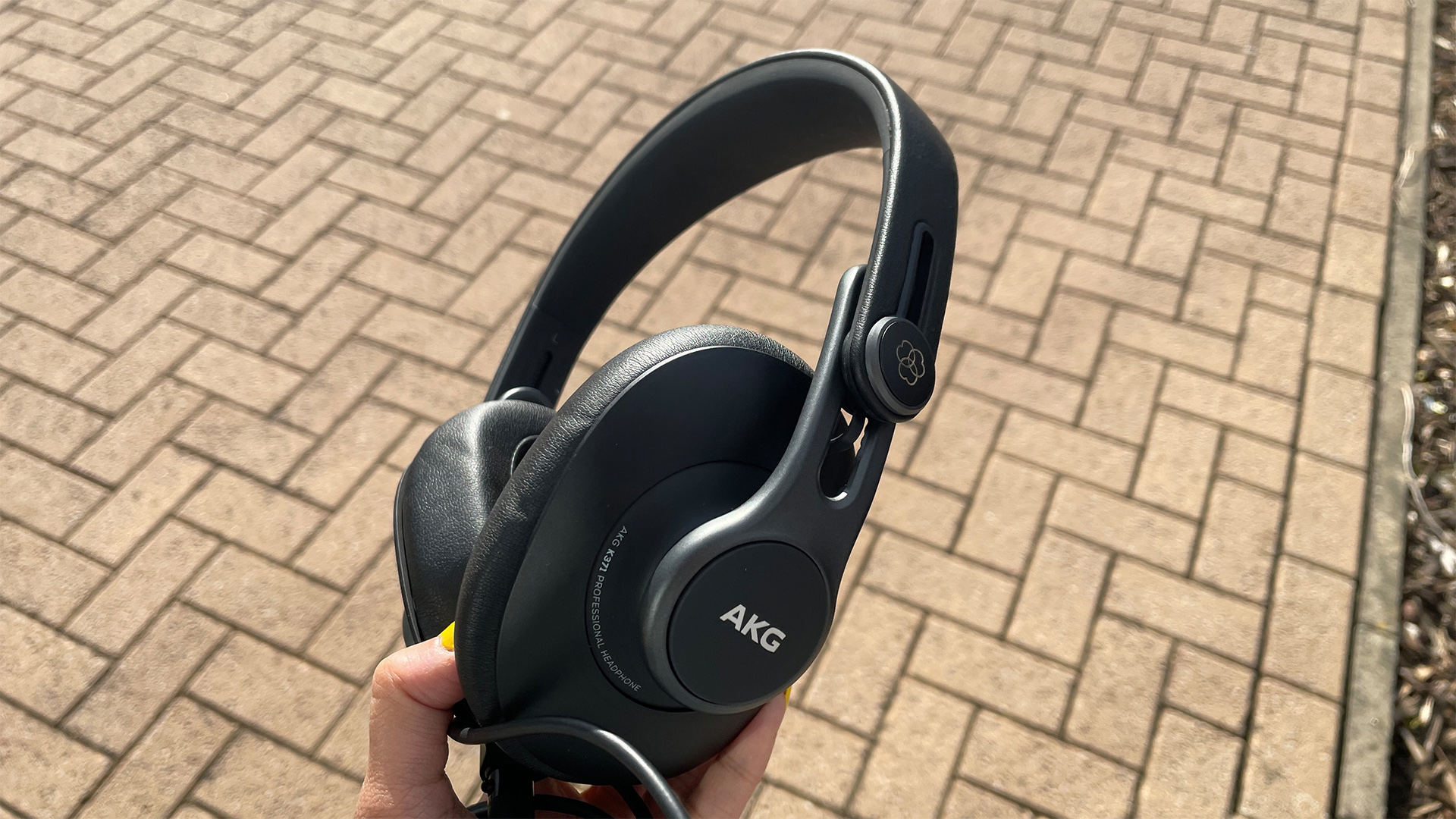
The K371 are the wired variant of the Bluetooth K371-BT model we reviewed in 2020. They share a lot of the same core DNA as their wireless sibling, with our testers being impressed with how comfortable the over-ear wired set was and finding plenty to like about their sound.
During our listening checks the K371 offered a big, broad sound that was truly enjoyable, especially given their reasonable price. Tracks such as Muse’s Hysteria or Liars’ Big Appetite in particular benefited from the K371’s weighty sound.
Our only minor quibble is that, running them head-to-head, we found the competing Røde NTH-100 offer a little more nuance and subtlety.
Score 4/5
Read our AKG K371 review
TAD DA1000TX
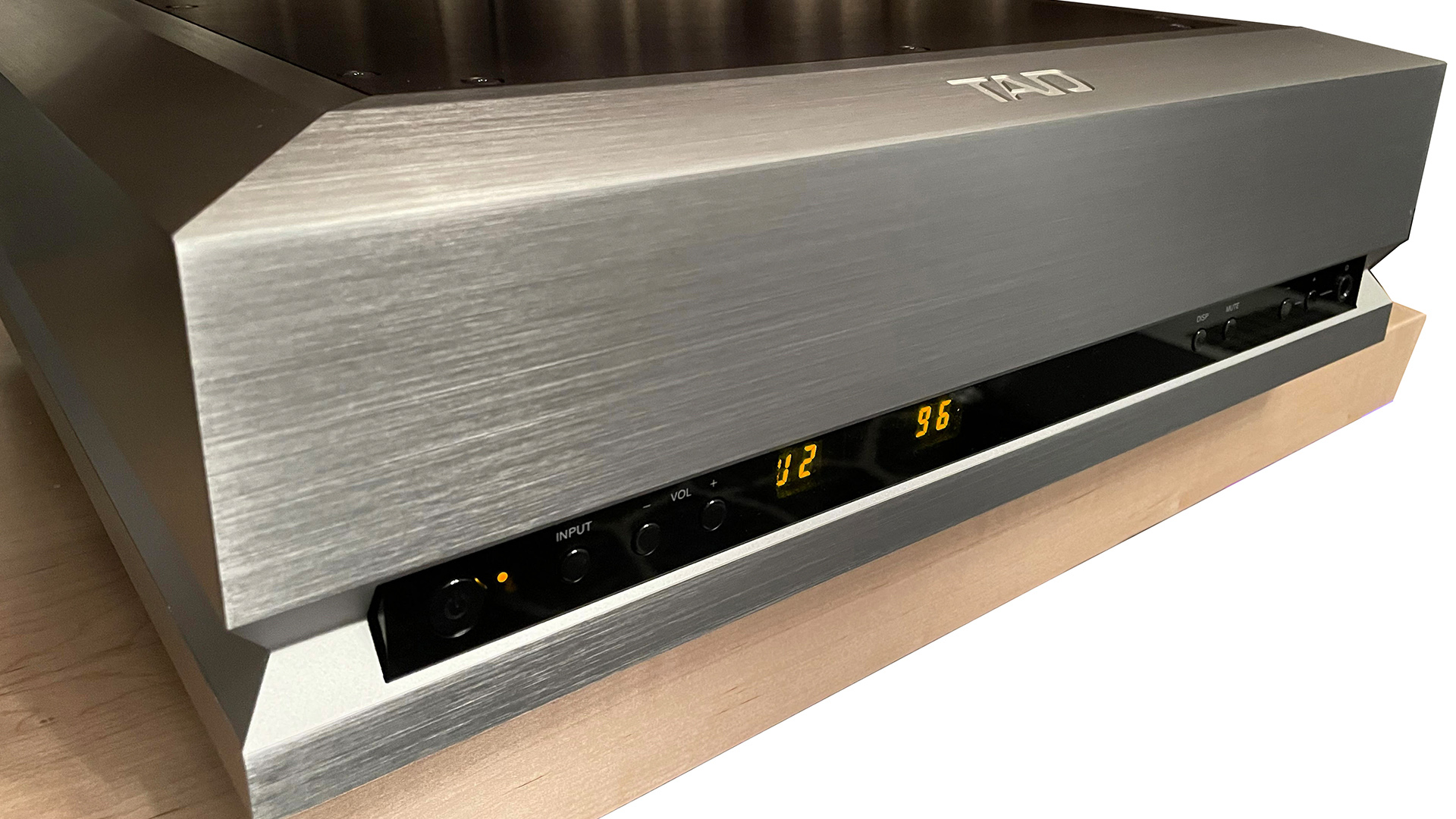
We found the TAD DA1000TX to be an understated but wonderfully capable digital-to-analogue converter when we got it in for testing this month.
Taking it out of the box, our testers were immediately aware that it has been built with the same obsessive care as the previous TAD products we’ve reviewed.
The giant unit is larger than many of the premium power amplifiers we review and weighs in at a hefty 16.5kg. But it has a wonderfully clean and uncluttered control system that made it blissfully easy to set up and use – aided by the fact that, unlike many DAC rivals, there are no filter settings and adjustment options – you can only listen to it the way the engineers think is best.
Technically it supports pretty much every audio file type any serious listener would care about outside of MQA.
Powering it up we were impressed with its sonic prowess. Playing Mahler’s Symphony No.4 we were met with a wide open soundstage populated with crisply drawn instruments. Playing Nick Cave's Babe, I’m On Fire from 2003’s Nocturama set the TAD did real justice to his exuberant vocals, which managed to maintain their clarity – impressive as the recording can sometimes sound pretty messy.
Our only minor criticism is that, because TAD has focussed on finesse and delivering a polite sound, some more aggressive music genres don’t pack as much punch as we’d like.
Score: 4/5
Read our TAD DA1000TX review
OnePlus 11 5G
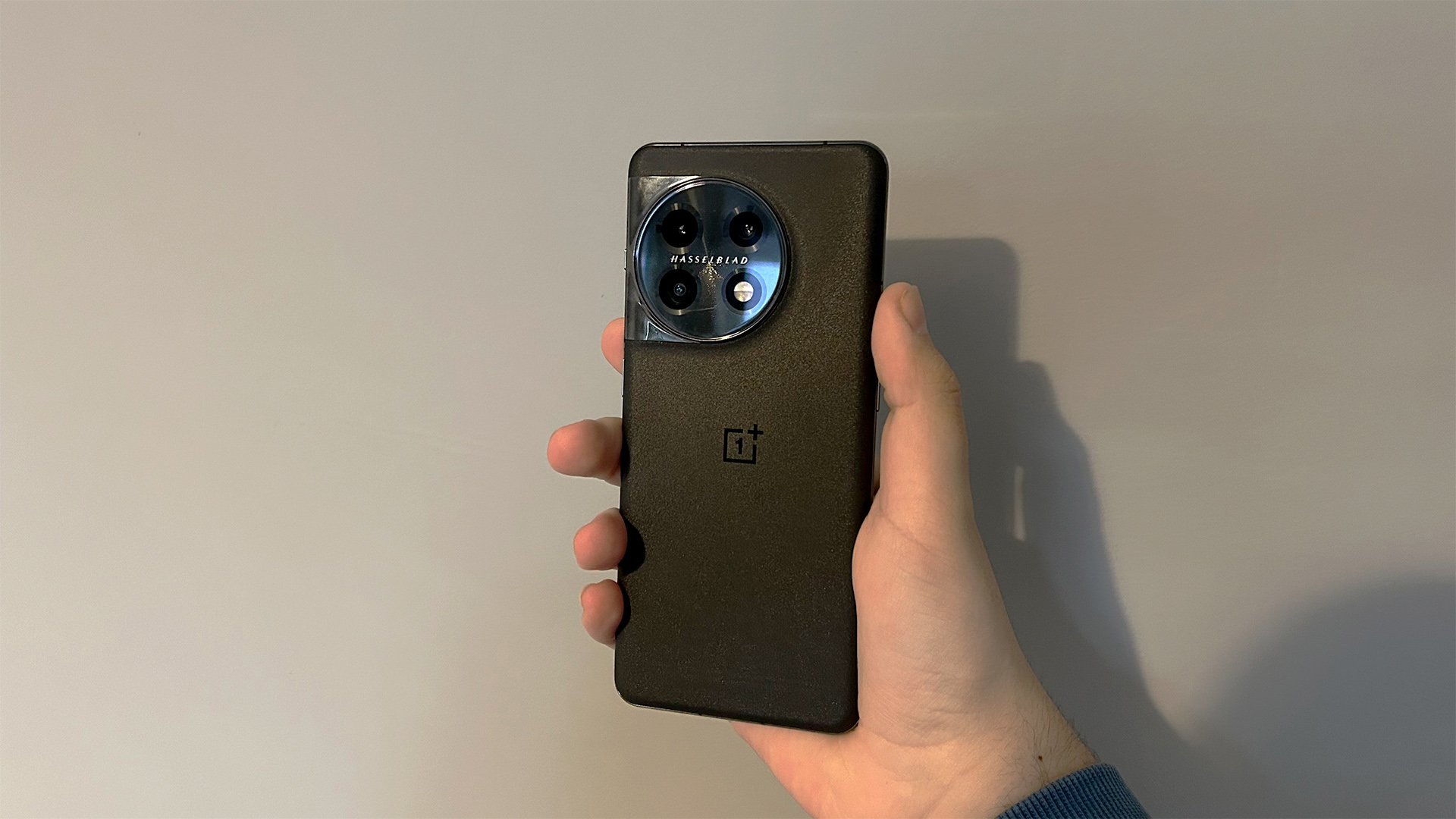
The OnePlus 11 5G is the latest flagship smartphone we’ve tested, and while we still list the Apple iPhone 14 as the best option for music listening, we still found plenty to like.
The 6.7-inch OLED screen’s QuadHD+ resolution (1440 x 3216) ensured the picture was sharp enough for comfortable viewing. Its HDR performance was also impressive, with it supporting the Dolby Vision and HDR10+ formats. The latter is particularly impressive given its price.
At times, this let the phone offer a more immersive viewing experience than much more expensive phones. The only time it failed to deliver was when we ran it head-to-head with the iPhone 14. A scene in Drive with a night-time aerial shot overlooking the LA streets pops much more on the Apple phone.
For music listening it’s also good, but not great. With Bluetooth 5.3 with support for LE, it is compatible with the A2DP and aptX HD codecs. Despite this, listening to the OnePlus on a variety of headphones, we found the phone doesn’t offer much in the way of dynamics. Though, for the money, it is still a very good bargain.
Score: 4/5
Read our OnePlus 11 5G review
Amazon Fire TV Stick 4K Max
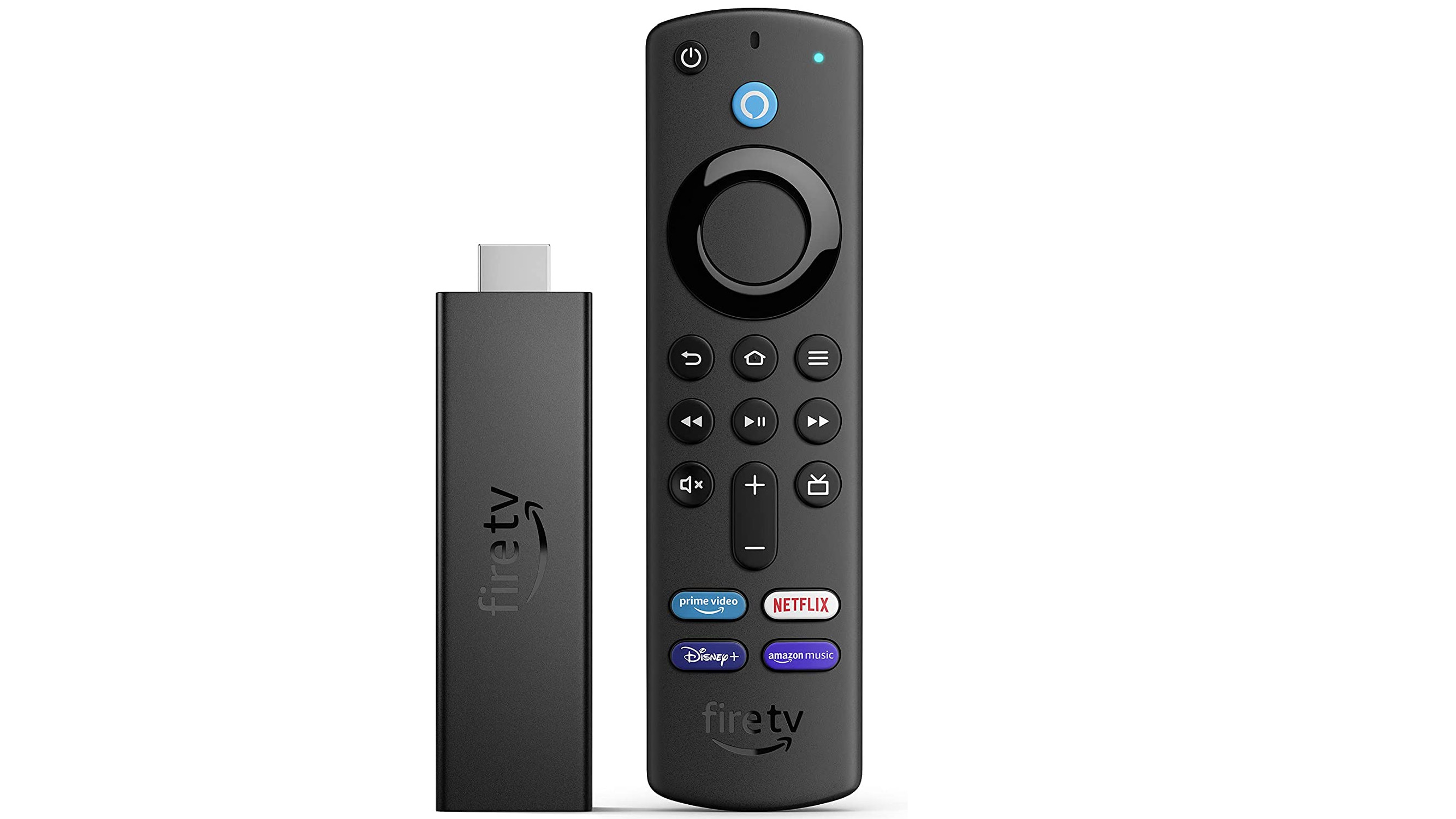
The Fire TV Stick 4K Max is the latest streamer from Amazon to pass through our test rooms.
During our checks we found the stick offers all the core perks of past Fire TV sticks we’ve reviewed. For less money than you’d expect you get an easy to set up stick with an intuitive UI, a clever remote with Alexa voice control functionality, and decent picture and sound quality.
The only real downside is that it doesn’t quite match its main rival, the Google Chromecast, which offers an equally crisp picture with less noise and more natural colours, based on our checks.
Score: 4/5
Read our Amazon Fire TV Stick 4K Max review
Wilson Benesch A.C.T. 3Zero
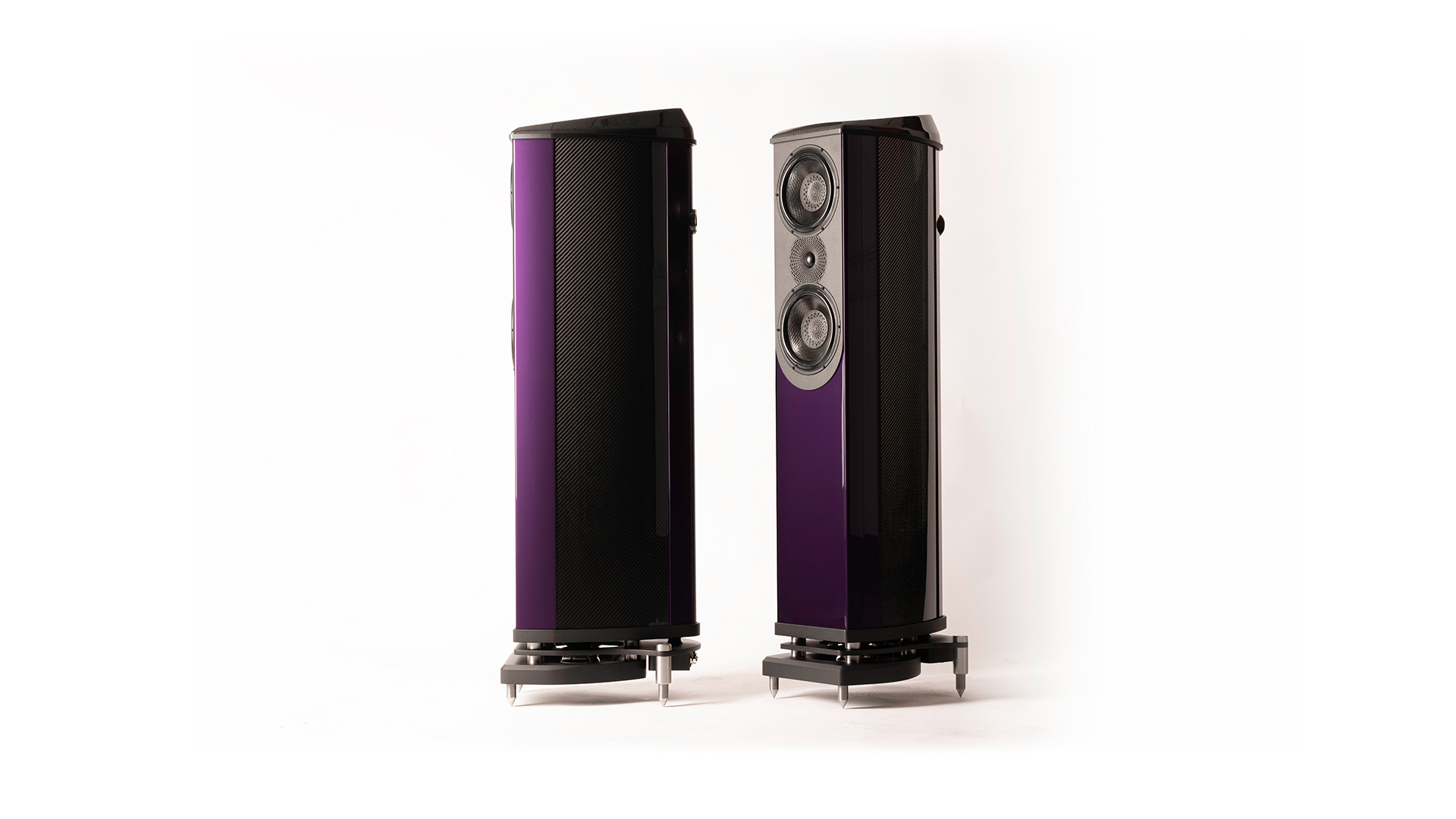
The Wilson Benesch A.C.T. 3Zero are the latest floorstanding speakers we’ve had the pleasure of reviewing. There have been very few products that have impressed our expert testers as much as these floorstanders – to the point where our reviewers were moved to remark:
“We listen to hundreds of products every year. Some are bad, many are good and the odd few are truly excellent. But then, once or twice in a decade if we’re lucky, we come across something as sublime as Wilson Benesch’s A.C.T. 3Zero.”
For starters they have a wonderfully unique look and engineering, being built from a new biocomposite that the firm claims can deliver better sonic performance while being a more natural, renewable and sustainable material, as opposed to the more traditional carbon fibre.
Inside, its design is equally impressive, with Wilson having loaded the floorstanders with a 25mm hybrid design Fibonacci tweeter that’s paired with three 170mm Tactic 3.0 drivers – one for the midrange and two for bass.
Connecting them to our reference system, the speakers truly delivered. Stravinsky’s The Rite Of Spring sounded amazing with the speakers delivering the music in a full-throttle manner, and thumping out the song’s wide-ranging dynamic swings with confidence.
All-in-all, if you want a pair of floorstanders with excellent tonal balance, stereo imaging and detail, these are a perfect fit.
Score: 5/5
Read our Wilson Benesch A.C.T. 3Zero review
Philips OLED907 (55OLED907)
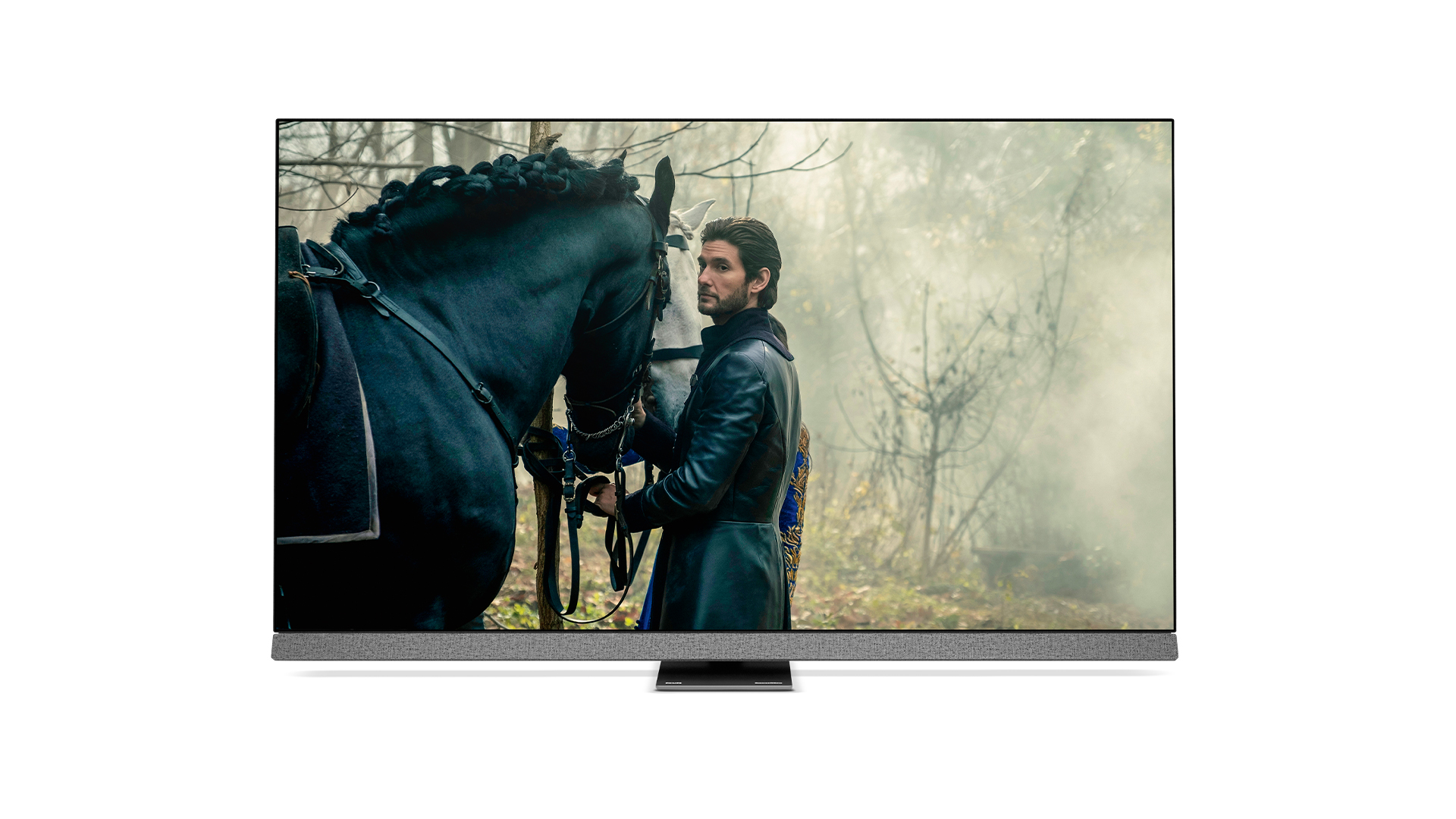
The Philips 55OLED907 isn’t a spring chicken by TV standards, but based on our latest testing it’s still a top performer.
Though it’s expensive for a 55-inch TV, based on our checks it offers a solid picture and impressive sound quality.
The 55-inch OLED we tested is powered by the same P5 Generation 6 picture processing engine as a lot of Philips’ other mid-range OLEDs, which is no bad thing. The only big things you miss compared to the OLED937 range are things like Advanced HDR frame-by-frame tone-mapping and a few AI features.
Putting it through our standard suite of viewing and sound tests it delivered solid results. The biggest thing that impressed us was its phenomenal contrast. It didn’t match the peak brightness of some of the QD-OLED sets we ran it against, but the Philips made up for this by offering improved tone mapping and image analysis.
This let it deliver wonderfully detailed peaks in small areas with a level of purity and intensity that even QD-OLED struggles to match, despite not matching its overall max brightness.
Sound quality is also among the best we’ve experienced on a TV this size. During testing, the front-facing speakers were able to deliver sound with much more impact and directness than the majority of integrated TV sound systems we test.
The only downside for gamers is that the TV, like many others, only has two HDMI 2.1 connections, one of which doubles as eARC. So you will only be able to connect one next-generation console to it, like the PS5, if you plan to also use a Dolby Atmos soundbar or speaker system.
Score: 5/5
Read our Philips OLED907 (55OLED907) review
JBL Live Pro 2 TWS
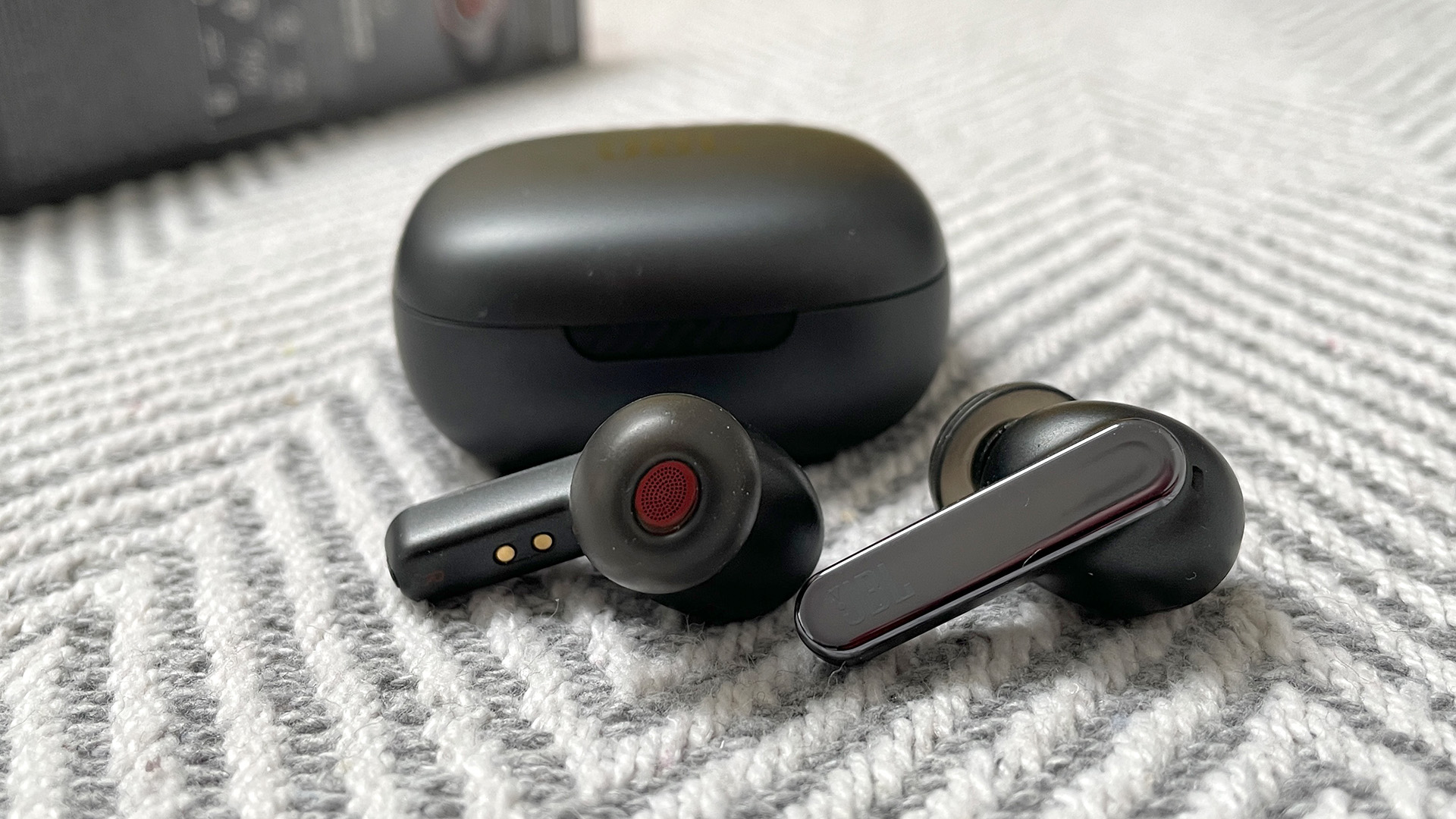
The JBL Live PRo 2 TWS are a competitively priced set of true wireless earbuds that delivered surprisingly good performance during our tests.
Sitting in the same price bracket as many of the best wireless earbuds we’ve reviewed they hit a competitive space in the market. But running them through our listening tests we found they offer an entertaining, lively sound that will appeal to most music fans.
We were particularly impressed when we played Billie Eilish’s Bad Guy, where the JBLs capably powered their way through the track’s hefty bassline.
The Live Pro 2 TWS also offered reasonable battery life during our listening tests with them offering eight hours of playback with Bluetooth and ANC turned on and 10 hours with it turned off.
With the charge case, we enjoyed a total battery life of around 30 hours with ANC, and 40 hours without. To put that in context, the AirPods 3 only offer six hours of playback and don’t have ANC, while the Sony WF-1000XM4 also offers around eight hours with Bluetooth and ANC activated.
The only minor downsides are that there’s no no aptX HD or LDAC support, and they come with only three ear tip choices. This makes them a poor choice for serious music fans with hi-res music libraries or people with smaller ears.
Score: 5/5
Read our JBL Live Pro 2 TWS review
Sonos Era 300
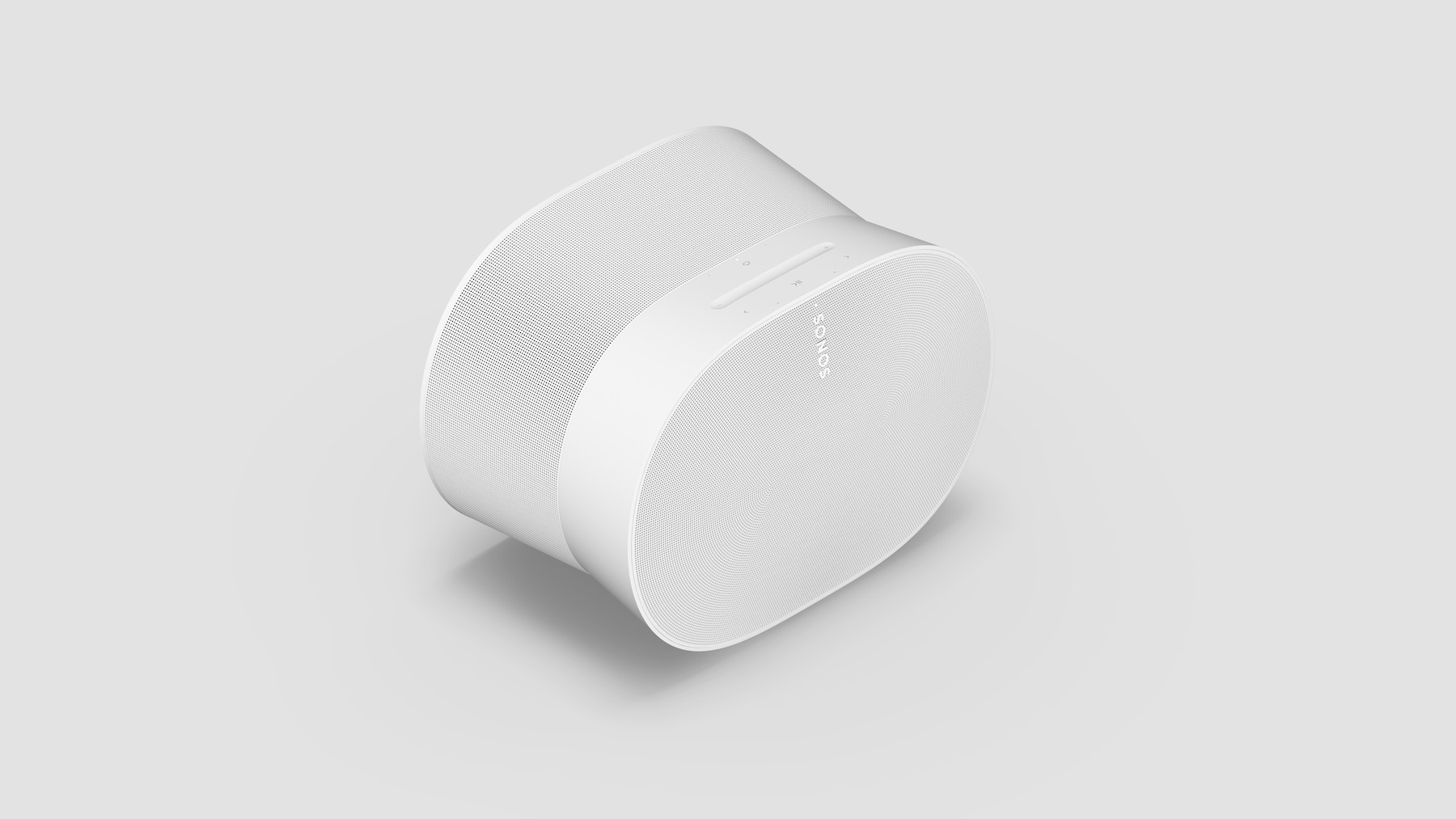
The Sonos Era 300 is the multi-room giant’s latest flagship smart speaker and, based on our extensive testing, it’s a seriously enticing bit of kit.
Featuring a reworked, almost hourglass-like design, that’s packed with a new speaker set-up, the 300’s main selling point is its support for Dolby Atmos / Spatial Audio. This makes it a direct rival to the Apple HomePod 2, which we also gave a full 5/5 score when we tested it earlier this year,
During testing the tech worked a treat. Our expert listeners found the spread of sound is immense and the 300 audibly projects sound further into the room and overhead more confidently than any other similar wireless speaker we’ve heard.
It also performed brilliantly with regular music. Playing Rage Against The Machine’s Bullet In The Head, a track with difficult mid-heavy guitars and rapid tight bass and drum arrangements, the sound the 300 delivered was gorgeously textured and effortlessly delivered.
The only downside is that Tidal’s catalogue of Dolby Atmos/spatial audio tracks isn’t supported. You can only get Dolby Atmos Music from Amazon Music Unlimited and spatial audio from Apple Music, which is a shame.
Score: 5/5
Read our Sonos Era 300 review
Sonos Era 100

The Sonos Era 100 is the little brother of the 300. As well as featuring a more traditional cylindrical design, and smaller dimensions it doesn’t offer the spatial audio powers of the 300.
While that may not sound as exciting as the spatial audio-focussed 300, during testing we found it to be a fantastic wireless speaker and very much a solid improvement on its predecessor, the Sonos One.
The biggest change is that it features a new driver set-up that can deliver stereo playback. The older Sonos One is strictly mono, by comparison.
What impressed us most is how it manages to retain all the perks we liked most about the Sonos One – crisp and detailed, spacious sound, deep bass – but make them even better. Every test track we threw at it sounded bigger, more spacious, and more detailed.
The low end also was surprisingly controlled and tight with the basslines in demanding songs like Massive Attack’s Angel coming out with admirable dexterity during our tests.
Score: 5/5
Read our Sonos Era 100 review
Samsung QN95C (QE65QN95C)
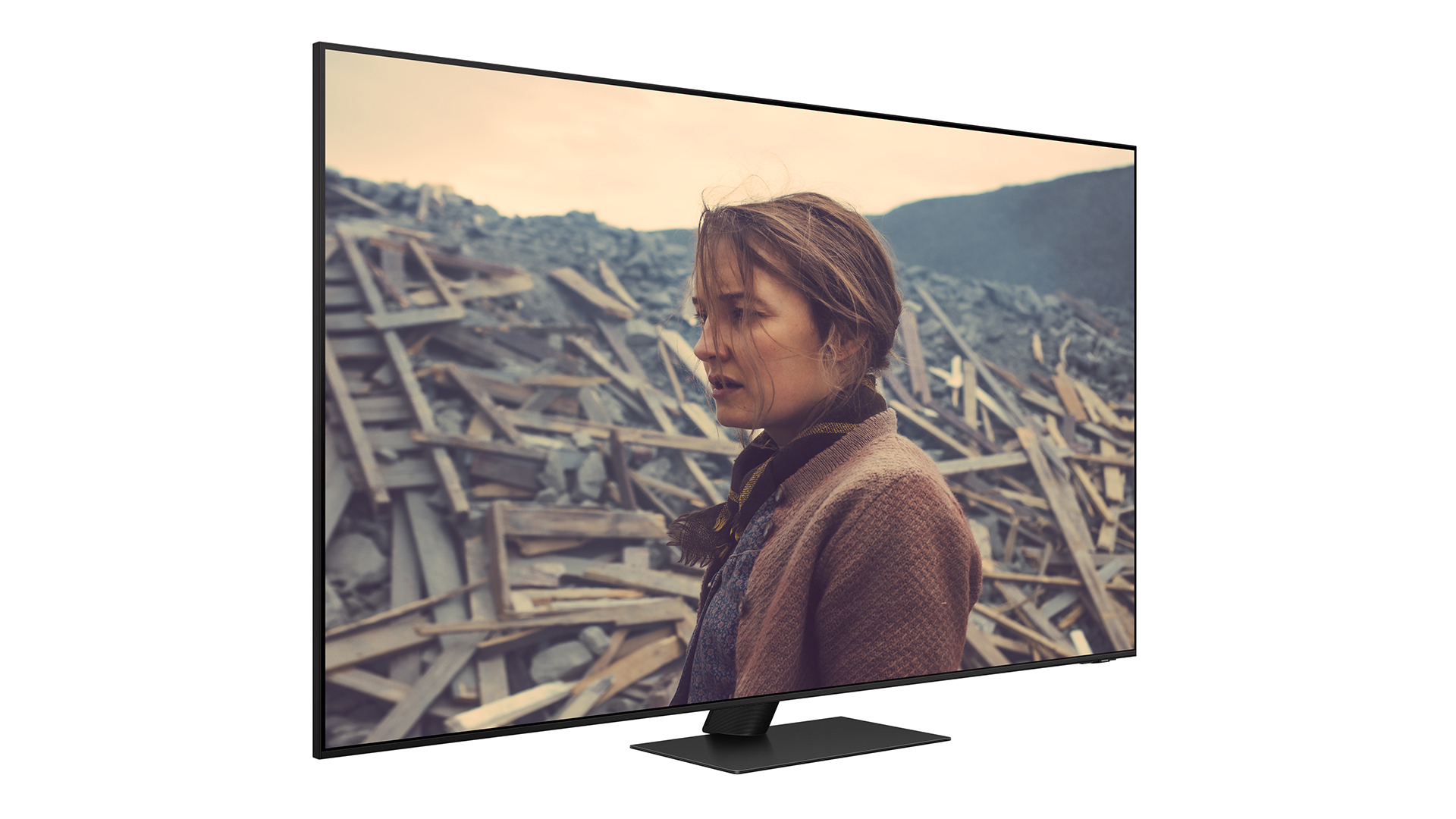
The Samsung QE65QN95C is the latest Mini LED TV to pass through our review rooms. While this may not make it sound quite as “cool” as the second generation QD-OLED and MLA sets doubted at CES, based on our testing it’s still a cracking TV and a great option for any home cinema enthusiast on the market for a 65-inch set – which is a good thing as it’s actually slightly more expensive than Samsung’s S95C.
Visually it’s a very striking-looking unit and a big departure from past Samsung Mini LED sets we’ve tested from the Korean tech giant. For starters, the One Connect box is gone. Samsung’s also adopted the same Infinity One design previously seen exclusively on the firm’s 8K sets. This makes it look incredibly thin and pretty discreet, despite its large size.
The 65-inch panel has also been upgraded so it now has 1,344 zones of local light dimming, over its predecessor’s 720.
Putting it through its paces we found it delivers fantastic picture quality. Running it head-to-head with its predecessor, we found it to be much more precise and less susceptible to the halos of extraneous light that can appear around bright highlights on some Mini LED TVs – even when appearing against a black backdrop. The added precision also lets it offer deeper black levels than last year’s QN95B and this, coupled with its brilliant max brightness, makes for a wonderfully immersive viewing experience.
Our only slight quibble is that it doesn’t support Dolby Vision gaming HDR, which is a shame as it is otherwise a solid option for gamers.
Score: 5/5
Read our Samsung QN95C (QE65QN95C) review
LG G3 (OLED65G3)
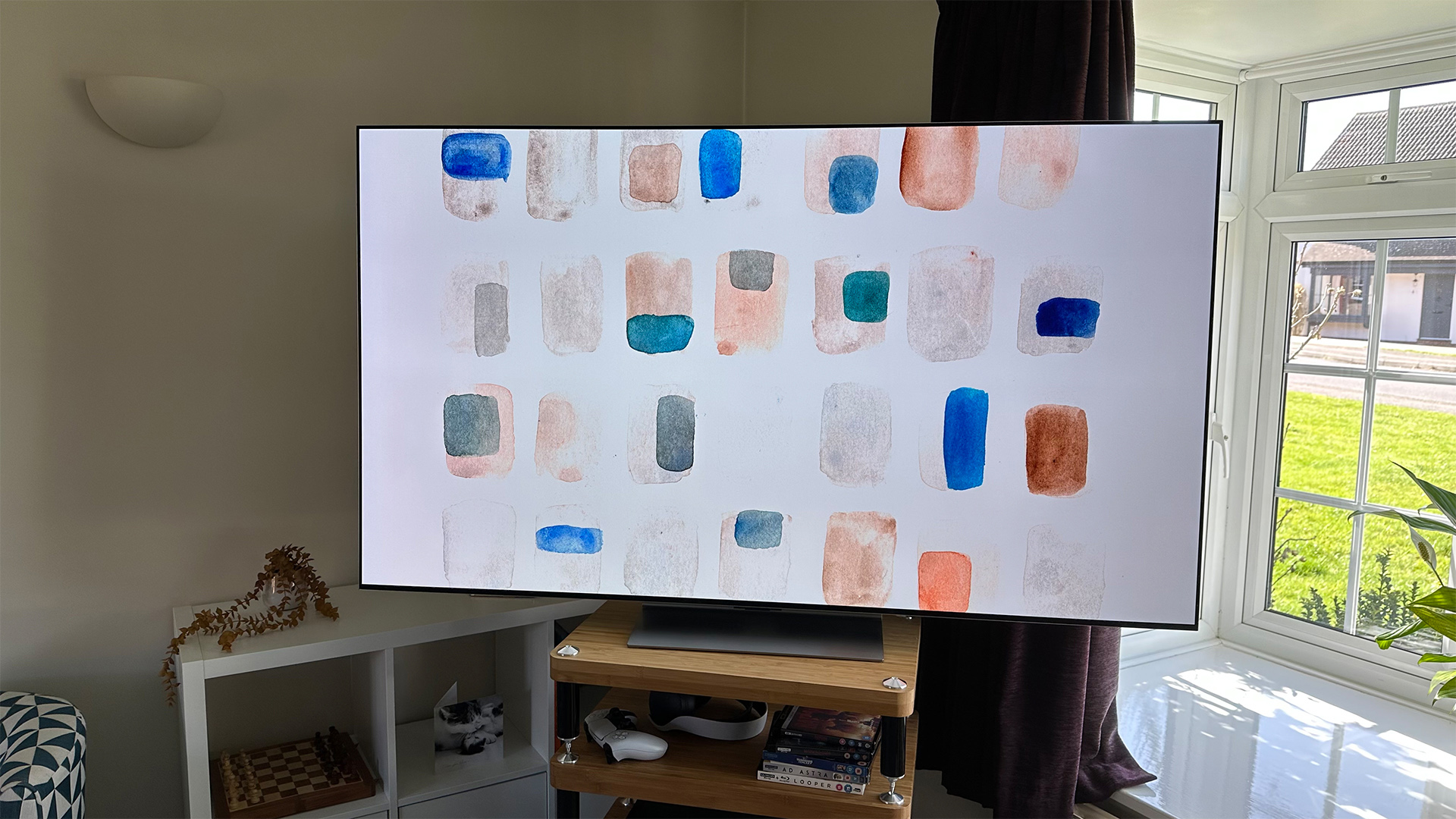
The LG OLED65G3 is the first TV we’ve tested featuring the new Micro Lens Array (MLA) technology that was all the rage at CES 2023. This is a big deal as the tech is being marketed as a key way in which next-generation OLEDs will be able to increase the brightness to levels previously only achievable by backlit TVs
Having tested it for over a week we can confirm it is a cornea-scorchingly bright TV. But that’s not the only factor making it a solid upgrade on LG’s previous G2 flagship.
The first thing we noticed placing the two side-to-side is that the G3’s screen has a slight bronze tint, which is the result of a new and significantly more effective anti-reflective coating.
Powering it up we were equally impressed with the performance improvements we noticed running it against the older G2. This was very noticeable playing It (the 2017 version) where the additional brightness really showed in bright parts of the picture – the stained glass window behind Stanley’s head when he returns the Torah to his father’s office is significantly brighter than it is from the G2, for example.
The same was true when we switched to play No Time To Die in Dolby Vision Cinema Home, where the extra brightness offered by the G3 is clear and offers a wonderful boost in vibrancy on its predecessor.
This plus the fact it features four HDMI 2.1 inputs, all capable of 4K/120Hz, also makes it a solid option for next-generation gamers and an easy recommendation to any buyer on the hunt for their next premium TV.
Score: 5/5
Read our LG G3 (OLED65G3) review

Alastair is What Hi-Fi?’s editor in chief. He has well over a decade’s experience as a journalist working in both B2C and B2B press. During this time he’s covered everything from the launch of the first Amazon Echo to government cyber security policy. Prior to joining What Hi-Fi? he served as Trusted Reviews’ editor-in-chief. Outside of tech, he has a Masters from King’s College London in Ethics and the Philosophy of Religion, is an enthusiastic, but untalented, guitar player and runs a webcomic in his spare time.
